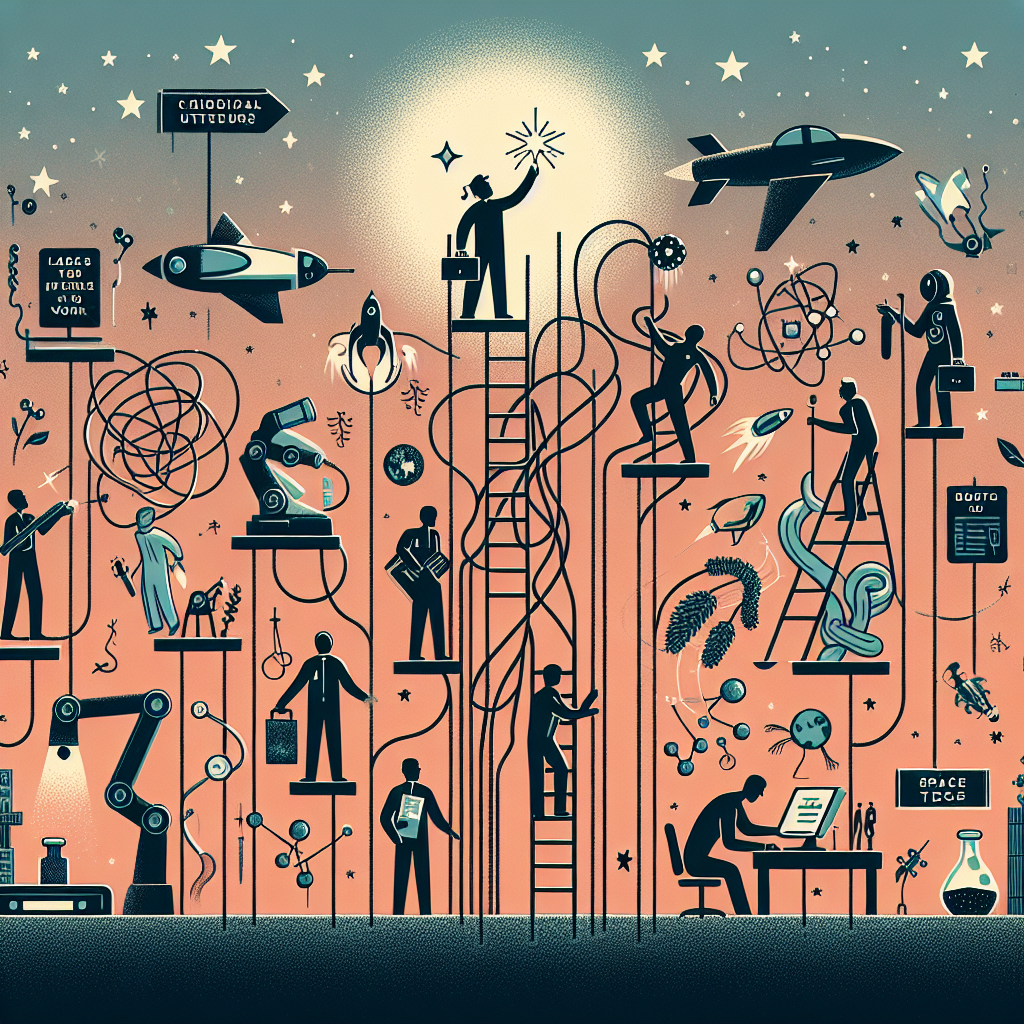New technologies, shifting demographics, and changing business models are reshaping the job market. Careers Of The Future: Pros and Cons Explained is a practical look at which roles are likely to grow, what advantages they offer, and what trade-offs come with pursuing them. Whether you are considering an upskill, a pivot, or planning long-term education, understanding both the opportunities and the risks will help you make informed choices.
Careers of the future: benefits and drawbacks
When we talk about future careers we mean occupations that are expected to expand due to automation, data-driven decision-making, green transitions, and demographic trends. The main upsides include higher demand, often better pay, and the chance to work on meaningful problems. Downsides can include rapid obsolescence of skills, increased competition, and workplace changes that may affect job stability or work–life balance.
Key growth sectors to watch
Some of the sectors likely to produce many new roles are:
- Technology and AI — machine learning engineers, data scientists, and AI ethics specialists.
- Healthcare and biotech — telehealth coordinators, genetic counselors, and eldercare services.
- Green economy — renewable energy technicians, sustainability analysts, and carbon management experts.
- Skilled trades with tech integration — advanced manufacturing, robotics maintenance, and smart infrastructure.
- Creative and human-centered roles — UX designers, mental health professionals, and lifelong learning facilitators.
Pros: Why people are pursuing future-focused careers
Pursuing a forward-looking career can offer several concrete advantages:
- Job growth and resilience: Many emerging fields are undersupplied, creating upward pressure on wages and hiring.
- Higher earning potential: Specialized technical skills and niche expertise often command premium pay.
- Purpose-driven work: Climate, health, and education roles frequently align with social impact motivations.
- Remote and flexible opportunities: Digital-first careers often allow location independence and flexible schedules.
Cons: Common pitfalls and challenges
Every opportunity comes with trade-offs. Consider these common pitfalls before committing:
- Fast-changing skill requirements: Continuous learning is essential; credentials can lose value quickly.
- Credential costs: Bootcamps, certifications, and degree programs can be expensive and vary in return on investment.
- Automation risk: Even high-skill roles can see parts of the job automated, changing role content.
- Uneven geographic distribution: Some high-demand jobs cluster in tech hubs or require relocation.
How to evaluate a future-focused career path
Make choices that balance personal strengths, market demand, and lifestyle needs. Practical steps include:
- Research labor market data and projected demand for specific occupations.
- Talk to professionals in the field through informational interviews and mentoring.
- Start with small, low-cost learning experiments—online courses, micro-credentials, or part-time volunteering—to test fit.
- Consider portability: choose skills that transfer across industries and roles.
Resources and further reading
Authoritative labor statistics and projections help ground decisions in evidence. The BLS Occupational Outlook Handbook is a useful place to explore job descriptions, pay ranges, and employment outlooks for many occupations. For people making a significant life change later on, there are targeted guides and success stories available — for example, resources aimed at individuals starting fresh later in life can provide tailored advice; see starting fresh: new career paths for women at 50 for one perspective on late-career transitions.
Practical tips to reduce risk
To protect yourself against downside risks while positioning for upside:
- Build a T-shaped skill set: deep expertise plus broad transferable skills such as communication, critical thinking, and project management.
- Maintain an emergency fund to cover transition periods between roles or education phases.
- Document your learning and outcomes (portfolios, case studies) rather than relying solely on certificates.
- Stay networked—relationships often lead to opportunities faster than job boards.
Brief FAQ
Q: How will automation affect future jobs?
A: Automation will change task content more than eliminate all roles. Many jobs will be redefined to combine human judgment with automated tools, so adaptability and higher-order skills will be valuable.
Q: Is it worth switching to a tech-focused career later in life?
A: It can be, if you plan strategically: choose roles with clear demand, invest in practical, project-based training, and leverage existing experience by applying domain knowledge to technical roles.
Q: What’s the single best way to test a new career path?
A: A short, realistic experiment—such as freelancing on small projects, a part-time course with capstone work, or a temporary placement—will reveal much more about fit than theoretical research alone.



